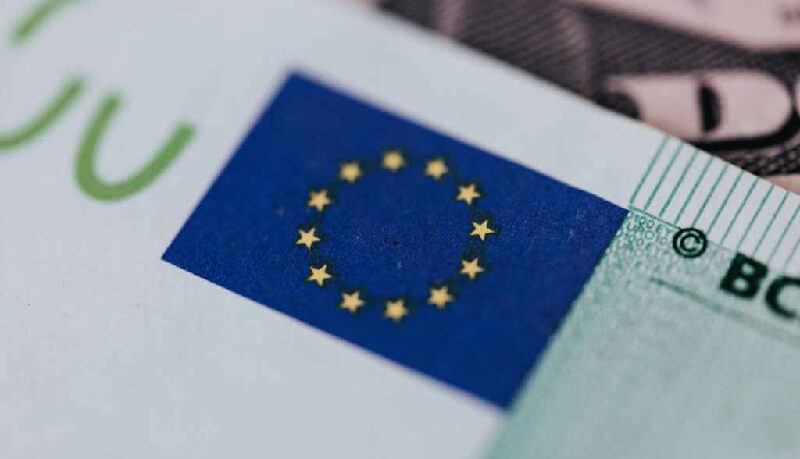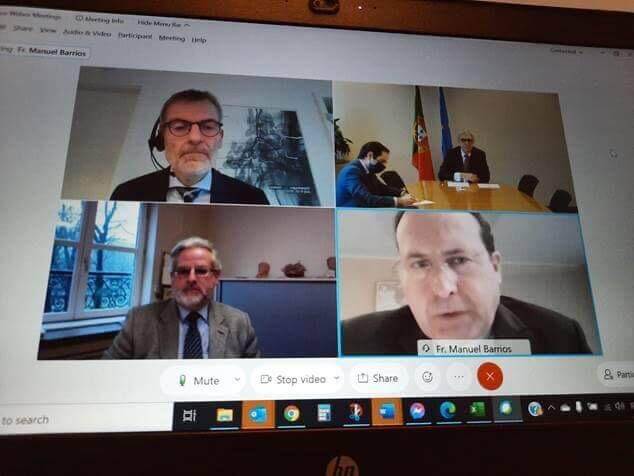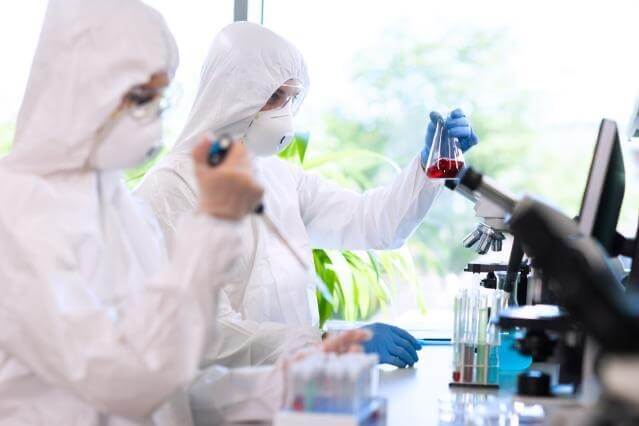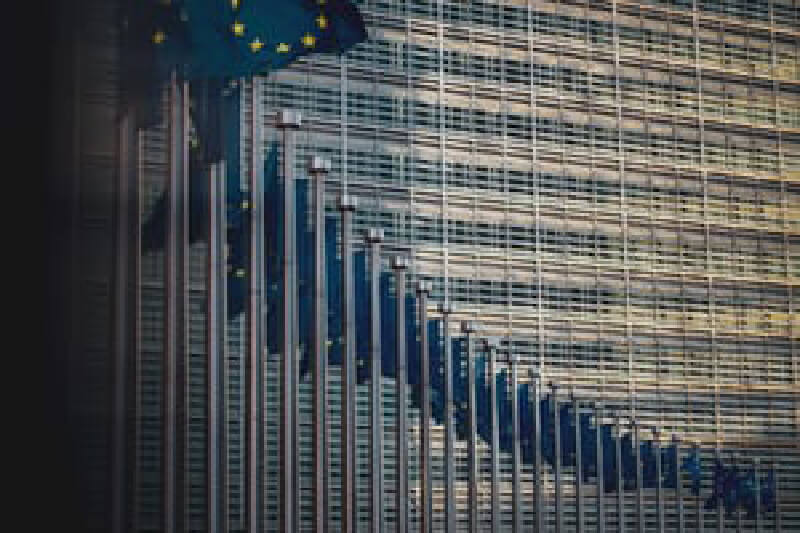Germany’s health minister said he expects the European Union’s drug regulator to authorise a coronavirus vaccine made by AstraZeneca on Friday, but it may not be recommended for older adults because of insufficient data.
Jens Spahn said it was not clear whether the decision by the European Medicines Agency (EMA) would explicitly recommend against using the vaccine in people over 65, or whether it would merely note the lack of data for older people, meaning “no restrictions but caution in certain areas”.
Germany will adjust its own guidance once it sees the EMA’s decision.
“We don’t expect an unrestricted approval,” Mr Spahn told reporters in Berlin.
“The data available for older people, and that’s been the debate in recent days, isn’t sufficient for that.”
While the AstraZeneca vaccine has been authorised for all adults in other countries, only 12% of the participants in its research were over 55 and they were enrolled later, so there has not been enough time to get results.
A recommendation that only people under 65 get the vaccine could complicate the rollout in many European countries that have focused on giving shots to older people first.
Whatever the recommendation, the three million doses Germany expects to receive from AstraZeneca next month would be used, but perhaps for younger people, Mr Spahn said.
On Thursday, a draft recommendation from Germany’s vaccination advisory committee said the AstraZeneca vaccine should only be given to people aged 18-64 for now.
Britain’s medicines regulatory agency also acknowledged the limited data in older people but still cleared the shot last month for all adults, with some caution for pregnant women.
A separate study testing the AstraZeneca vaccine in the US is still under way.
The AstraZeneca shot would be the third Covid-19 vaccine given the greenlight by the EMA, after ones made by Pfizer and Moderna. Those were authorised for all adults.
The expected authorisation of the AstraZeneca vaccine comes amid a bitter dispute between the drugmaker and the 27-nation bloc over expected supply delays.
On Friday, the European Union made public a redacted version of the contract it agreed with AstraZeneca.
The EU’s executive branch, the European Commission, published the text of the advance purchasing agreement after consulting the British-Swedish company.
Earlier this week, the EU lashed out at the drugmaker after it said it would not be able to deliver the 80 million doses that it hoped to provide and could only supply 31 million.
The AstraZeneca vaccine has already been authorised in several countries, including Britain, India, Argentina and Mexico.
The World Health Organisation is also reviewing it; a recommendation from the UN health agency would allow its purchase and distribution to developing countries from a global programme known as COVAX.
Separately, the EMA said on Friday that no new side effects linked to the coronavirus vaccine made by Pfizer and its German partner BioNTech were identified in the regulator’s first safety update.
Its expert committee assessed reports of people who died after getting the vaccine and said their review “did not suggest a safety concern”.
Earlier this month, Norwegian officials amended their vaccination advice to say that doctors should assess frail and severely ill elderly people to decide if they should be immunised.
The EMA concluded that safety data collected on the Pfizer vaccine are “consistent with the known safety profile of the vaccine” and noted that severe allergic reactions are a known, rare side effect.
The EMA authorised the Pfizer vaccine on December 21 and granted it a conditional licence; Pfizer and BioNTech must submit safety reports every month in line with a heightened monitoring process.
The agency said “there are no recommended changes regarding the use of the vaccine”.













